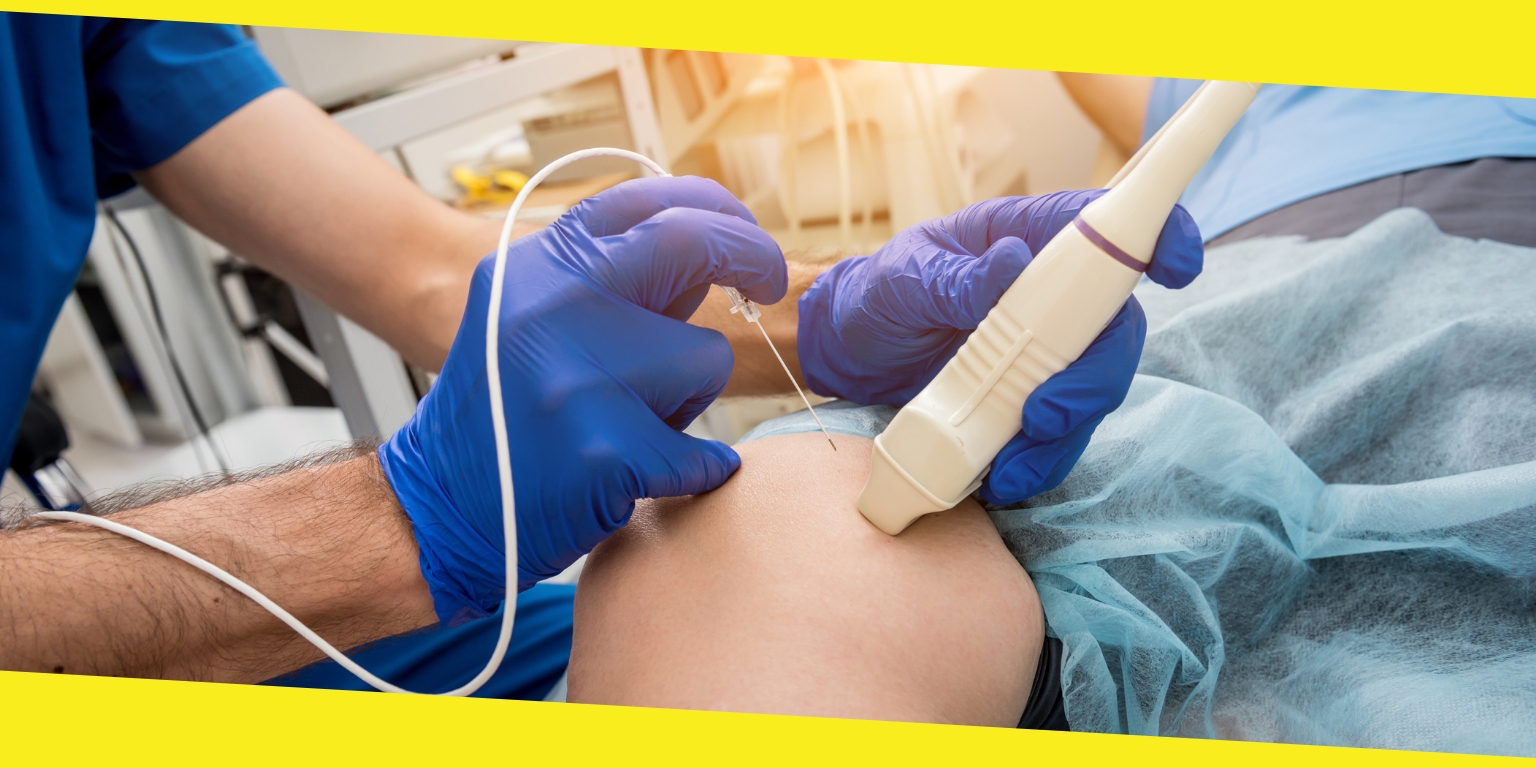
Chronic pain does more than cause discomfort and irritation. It can affect your sleep, mood, productivity, and overall life quality. Over-the-counter and prescribed pain relievers can help reduce discomfort, but this may not be effective for everyone. If conservative treatments have proven futile, your Pain Management 360 may recommend radiofrequency ablation to relieve your pain.
What is radiofrequency ablation?
Radiofrequency ablation is a minimally invasive procedure that uses radio waves to heat nerves that transmit pain signals to your brain. The treatment benefits patients with long-term pain, especially in the lower back, neck, and arthritic joints. Radiofrequency ablation is also used to treat cancer pain, peripheral nerve pain, tumors, and heart rhythm problems.
What happens during radiofrequency ablation?
Your healthcare provider may or may not use mild sedation during this treatment. If they use sedation, they will ensure you are awake and conscious to the extent that you can describe what you feel during the nerve stimulation. Below are the steps involved in radiofrequency ablation.
- First, you will lie on your stomach on a procedure table. If you need sedation, your provider starts an intravenous line to administer the sedation.
- Your provider cleans the skin over the treatment area to minimize the risk of infection.
- Using local or topical anesthesia, your provider numbs the skin area where they will insert a needle.
- Using fluoroscopy as a guide, the doctor inserts the needle into the area where you feel pain.
- Once the needle is at the intended site, your doctor inserts a microelectrode through the hollow needle. This allows them to conform if the needle is in the proper position. The needle is in the right location if you feel a tingling sensation or a muscle cramp.
- Now that the target nerve has been confirmed, the doctor sends a radiofrequency current through the needle. The heat destroys the nerve, stopping it from sending pain signals to your brain.
- Your doctor may repeat the process if they need to treat more than one nerve.
What to expect after radiofrequency ablation
You will go home shortly after the procedure, but you must have someone to drive you home. Your doctor will give you detailed instructions that will help you during your recovery. For example, you must rest when you get home and avoid anything strenuous for at least 24 hours. After a day or two, you can resume everyday activities, including bathing and showering.
It is normal to experience pain, soreness, and muscle spasms in the treatment area for a few days. Applying an ice pack to the injection site off and on may help. You can do this for 20 minutes, a few times during the first day of recovery at home. Your healthcare provider may also prescribe pain medication to alleviate the pain and soreness.
You will have follow-up appointments to monitor your progress and ask any questions you may have. Your provider may also recommend physical therapy so that you regain strength and flexibility.
If you have chronic pain, visit your doctor at Pain Management 360 to establish if you can benefit from radiofrequency ablation.